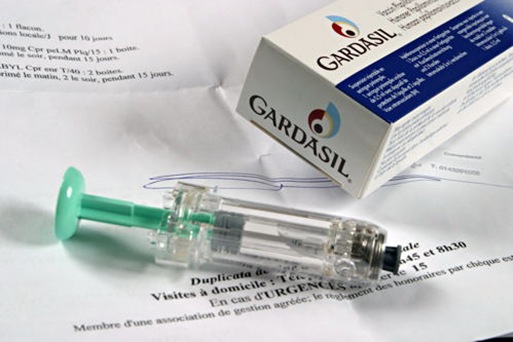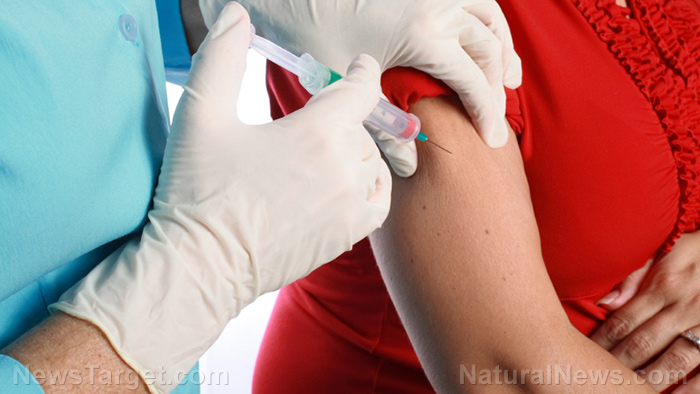
Researchers at the Senator Frank R. Lautenberg Environmental Health Sciences Laboratory, working together with scientists from The Seaver Autism Center for Research and Treatment at Mount Sinai, discovered that the intake of toxic elements during the second and third trimester as well as during early postnatal periods was associated with the development of autism spectrum disorders (ASD).
When the scientists looked at children’s baby teeth after they had fallen out naturally in childhood, they found that those with autism had higher levels toxic lead and lower amounts of essential nutrients such as manganese and zinc than the teeth of children who do not have autism. Twins were used for the study in order to control genetic influences and keep the focus confined to environmental factors.
In particular, they found that the differences in heavy metal uptake between those with autism and those without it were especially striking in the months directly prior to and following the children’s birth. This was determined by mapping the growth rings that were created during different development periods in the baby teeth using lasers. The metal uptake patterns were compared across teeth from 32 pairs of twins – wherein only one, both or neither had autism – as well as 12 individual twins. They found smaller differences in metal uptake patterns in cases where both twins have autism and bigger differences in the cases where just one twin has autism.
Evidence grows of link between heavy metals and autism
These results support earlier findings that exposure to lead and other toxic metals is linked to autism traits and severity. In the past, the team has shown that the amount of lead found in different dentine layers corresponds to exposure to lead during distinct developmental periods. A new tooth layer is formed approximately each week during fetal development as well as childhood, making them akin to “biological hard drives” that capture a slew of useful information.
While many studies have compared the current levels of lead in children who have already been diagnosed with autism, this one sets itself apart by being able to measure lead the kids were exposed to long before they ever received such a diagnosis. They uncovered, for example, that the number of toxic metals in a child’s tooth three months after birth could even predict their ASD severity at 8 to 10 years of age.
The scientists were able to identify time periods when children are most vulnerable in terms of their levels of specific metals and nutrients. For example, levels of lead were consistently higher from around ten weeks before birth to 20 weeks after birth in those with ASD, with the greatest difference being noted at 15 weeks after birth, when levels of lead were 1.5 times higher in those with ASD than their twin without it. When it comes to manganese, the greatest difference was recorded at 15 weeks, when levels were 2.5 times lower in those with ASD.
This groundbreaking baby tooth analysis could also be used to explore disorders like attention deficit hyperactivity disorder (ADHD). For now, however, the researchers say that more studies are needed to gain a clearer idea of how environmental toxins, nutrients and genes interact in the development of autism. Heavy metals are increasingly being singled out as a culprit, with a recent study showing that kids who get vaccines – which typically contain heavy metals – have a 420 percent higher risk of developing autism and ADHD than their non-vaccinated peers.
Sources:
Please contact us for more information.























